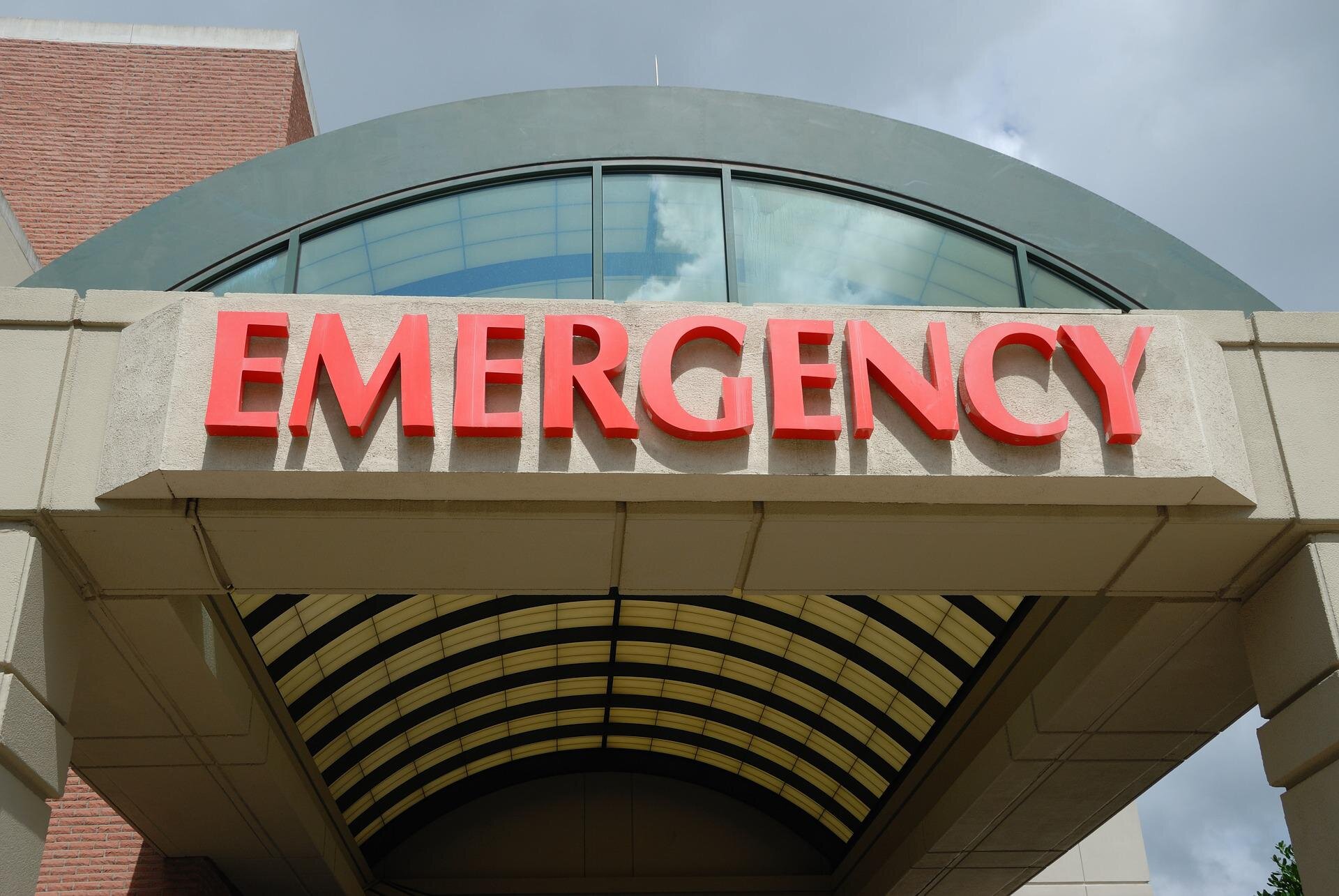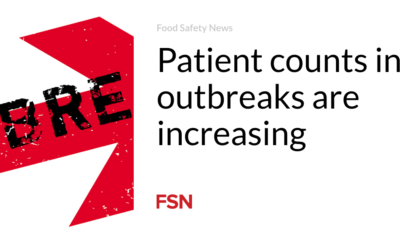Health
Research into trust and equity in emergency departments aims to improve the system for all patients

Credit: Pixabay/CC0 public domain
No one wants to go to the emergency department, no matter where or who they are. Going to the emergency department inherently means something has gone wrong. For those entering, it is a time of pain, fear, perhaps fear, perhaps even anger.
None of the patients or their loved ones who came into the emergency room on a given day woke up that morning and imagined making that trip before putting their heads down again at night.
“Emergency departments, by their nature, are high-emotion, high-stakes environments,” says Anish Agarwal, MD, MPH, assistant professor of emergency medicine, who works in the emergency department at Penn Presbyterian Medical Center.
That’s a difficult role when the emergency department is also considered the hospital’s “front door,” Agarwal said.
And because they are the front door – ready to help patients with injuries or illnesses that arrive without warning – emergency departments are also “safety nets.” For underserved communities, emergency departments are also often the most accessible and frequently used access point for many people to health care.
“There are communities where there is this idea that you are connected to your hospital and, specifically, to the emergency room,” Agarwal said. “The connections between hospitals and communities are important to build trust and strengthen public health. It is a crucial link between medicine and people.”
If someone has a bad experience or has a poor image of their hospital, it may mean that they are less likely to seek care. That can lead to conditions that worsen over time and become more expensive, in every sense of the word. It can lead to poorer health outcomes throughout the community.
But there is another side to that coin.
A hospital and emergency department that works to make itself a better community partner, one that more closely resembles the people it serves and demonstrates that it has their best interests at heart, can be an invaluable asset to both the public and socio-economic health of their neighbors.
“Trust in any relationship is built through a series of small actions that prove words are real,” says Eugenia C. South, MD, MSHP, Ralph Muller Presidential Associate Professor and Associate Vice President of Health Justice at University of Pennsylvania Health. System. “Justice is an action.”
Trust and recognition
Agarwal, South and colleagues recently published work in JAMA Health Forum featuring detailed interviews conducted in 2021 and 2022 with 25 Black patients who had visited the emergency department of a city hospital. The patients were asked about their experiences and what they could improve.
One of the key points the researchers found in their analysis of the patient interviews was a sense of distrust towards the medical system as a whole. This can trace back to ancestral or personal experiences with healthcare – or both – and can influence a patient’s feelings before they even walk in the door.
“Just take yourself out of your privilege and understand what our ancestors went through and what we’re still going through,” said one participant.
That, Agarwal noted, is an important factor that emergency medicine practitioners in the United States must build into their work.
“We need to recognize that we have blind spots in health care, that Black communities have significant and valid historical distrust in medicine, and really try to be sensitive to that,” Agarwal said.
At Penn Medicine, there are several efforts underway to make the “front doors” of the emergency department a better experience for everyone who enters.
One of the key efforts is a task force created to specifically address potential racism in the health care system’s emergency departments.
“Initially, we were able to add principles of anti-racism, inclusivity and diversity to our department onboarding process, which I think was helpful,” said Chidinma Nwakanma, MD, assistant professor of Clinical Emergency Medicine, who has served in the department . task force since its inception.
“In its current form, it provides a forum for hospital staff to discuss current issues related to anti-racism in our department and in the world at large.”
Other programs promoted by the group include a mentorship program for new nurses – and for staff in other roles who want to become nurses – to help them better understand and care for people from any culture.
Additional efforts are aimed at recruiting a more diverse workforce that better reflects the makeup of the surrounding communities. This is a direct response to something revealed in Agarwal and South’s research, in which patients suggested that increasing the diversity of doctors and staff could help them feel better and more confident in their local hospital as they go in. research supports this idea.
Penn Medicine’s Department of Emergency Medicine has also established a small grant program called Advancing Inclusion, Diversity, Equity, and Antiracism (IDEA). Some of the funded projects include creating simulations for physicians and staff to “improve health equity and cross-cultural communication” (a program led by Kristyn Smith, DO, an assistant professor of emergency medicine) and the creation of another program called “Science Through Engagement, Action, and Mentoring (STEAM)” to increase young students at a West Philadelphia high school (led by Tatiana Carrillo, DO, an assistant professor of emergency medicine) more exposed to science and medicine .
“Advancing small IDEA grants is amazing because it allows faculty to actually implement and fund their ideas,” said Nwakanma, IDEA vice president in emergency medicine. “Putting money behind these ideas and projects really shows commitment and the belief that, with support, these projects can flourish and influence change.”
Planting roots outside the emergency department
Doing work outside emergency departments is also critical to fostering relationships with the neighborhoods and communities they serve. Zuid has long been an advocate for the ‘greening’ of deprived urban areas and launched an initiative called “Deep-rooted” to place more trees and parks in neighborhoods where they are lacking, which is linked to better overall health of the people who live nearby.
‘Our research has done that demonstrated that turning vacant land into clean and green space reduces gun crime. Local residents feel safer and less depressedand they are forging deeper social bonds with their neighbors,” South wrote in the newspaper not long ago WashingtonPost. “Green space has been consistently linked to health benefits.”
South also created a program called Lift Every Voice, which established an anonymous digital system for doctors and staff to report instances of racism they might witness. These reports are then illustrated by a local artist of color and published on an internal system for physicians and staff to view and use.
Despite the crises created by the COVID pandemic, Agarwal believes that the medical community’s efforts since 2020 have helped strengthen the overall reputation of healthcare in communities that have had a complicated history with the field.
“For example, all the work that our health care system has done to get COVID vaccines into communities has been a great example of building trust by being humble and really trying to serve,” Agarwal said. “We say it all the time, but meeting people where they are is critical.”
The researchers say the commitment of time and energy that Penn Medicine and its employees have made to these initiatives can be replicated across the country. As generational trauma and distrust among underserved populations need to be addressed, it is critical that emergency departments across the United States – the front doors of hospitals across the country – make conscious efforts to be hospitable.
“You have to rebuild trust by being humble, asking questions,” Agarwal said, “and recognizing the opportunities where growth can happen.”
More information:
Anish K. Agarwal et al, Black Patients’ Perspectives on Racism in the Emergency Department, JAMA Health Forum (2024). DOI: 10.1001/jamahealthforum.2024.0046
Quote: Survey on trust and equity in emergency departments aims to improve the system for all patients (2024, May 30), retrieved June 2, 2024 from https://medicalxpress.com/news/2024-05-survey-equity- emergency-departments-aims .html
This document is copyrighted. Except for fair dealing purposes for the purpose of private study or research, no part may be reproduced without written permission. The content is provided for informational purposes only.













